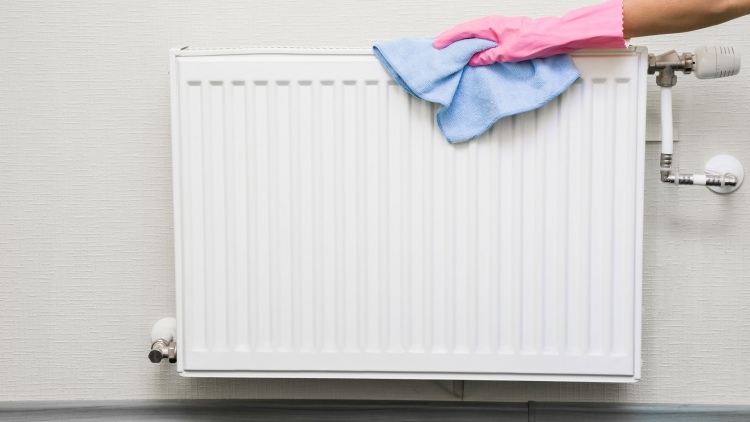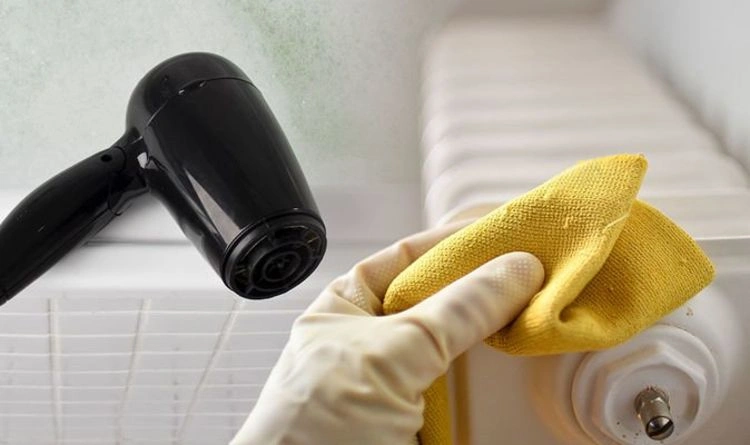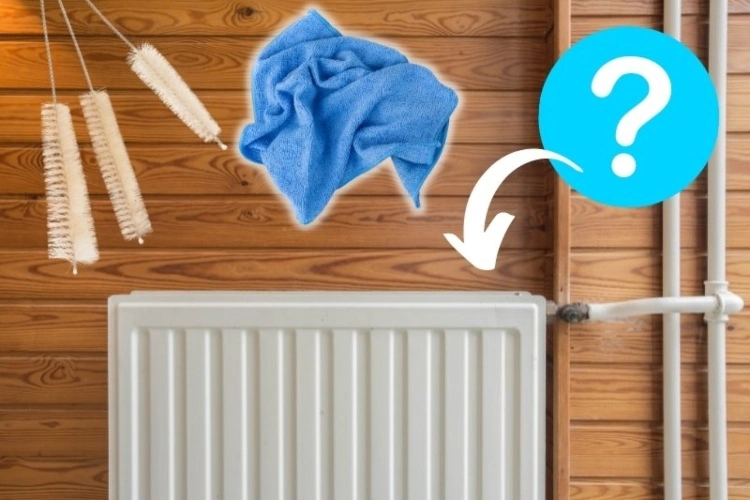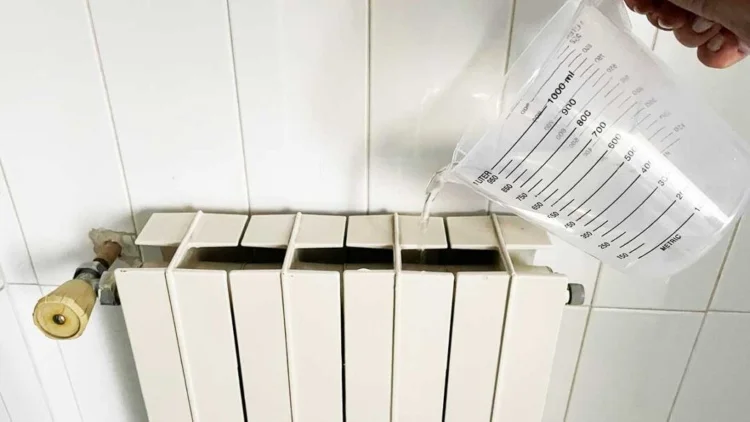Dust and dirt are not only unsightly – they can also negatively affect the performance of the heater. How to clean radiators? We will tell you some tricks and home remedies that you can at the start of the heating season so you can optimize them and save as much energy as possible.
How to clean radiators and remove dust and dirt

The first step in improving radiator performance is to remove dust and dirt. Even a bit of dust can significantly affect it. Because when the heating is on for the first time, it is stirred up in the room and in the heating by the air circulation. So it’s no wonder that allergy sufferers and asthmatics have more breathing problems in winter. It also becomes problematic when the humidity in the room increases. A damp layer of dust on and in the radiators can be removed with difficulty.
It doesn’t have to be that way. With a few simple cleaning tips, you can save energy and ensure the smooth functioning of the system. The start of the heating season is the right time for this.
However, before you clean your heating system, you should understand how your radiators work. Convectors use electricity to heat the air and then distribute it evenly throughout the room. They have heating elements that could be damaged by water and other liquids. Therefore, they should only be wiped off on the outside with a damp, but never wet and dripping, cleaning cloth. For the internal cleaning of the device, you should contact a professional. This is done according to the manufacturer’s instructions every few years.

But it is different with radiators that are filled with water. There are different models: in old buildings you can often find sectional radiators, while in new houses they are replaced by panel and tubular radiators. No matter what type it is, to be on the safe side, ask the manufacturer how best to clean and care for these radiators. As long as he allows it, here’s what you can do:
- First clean the outside of the radiators thoroughly. Wipe them down with microfiber towels and brush the gaps. For this purpose you do not need any preparations and special cleaning agents. Use dry and clean cleaning rags.

- Then remove the grid and wash them thoroughly in the kitchen sink. You can dissolve a dab of mild detergent in 1 liter of water and use it to clean the grille.
- If necessary, you can unscrew the thermostat knob and also clean it thoroughly under running water.
- Wipe the grille, thermostat knob, etc. dry before you reassemble them. But first you have to clean the inside of the radiator.
Remove the dust the inside the radiators with a hair dryer

The second step is to dust off the inside of the radiators. You can of course use a vacuum cleaner (a flat attachment is best) for this purpose. However, the quickest way to do this is with a hair dryer. First lay out the area under the radiators with damp cleaning rags. Then use the vacuum cleaner to remove the coarse dust. Then dust off the radiator with the hair dryer (set to cold air). The cleaning rags will catch the dust. Then you just have to wash them.
Remove dirt and grease with detergent

In rooms such as the living room, children’s room and bedroom, cleaning with water is sufficient. You should use detergent in wet areas such as bathrooms, laundry rooms and in the kitchen, where cooking can cause grease to get into the radiators. To remove these, take one large and two smaller containers, a long-handled brush, and a clean and dry microfiber cloth. NB: Not all radiators can be wet cleaned inside. This cleaning is not possible with convectors and can cause major damage. For other types of radiators, it is best to ask the manufacturer. As a rule, most models that are filled with water can be cleaned with water.
First put 2-3 dabs of liquid detergent in a large container. Then fill the bucket with water and stir the detergent until it has completely dissolved.
Smaller containers will catch the dirty cleaning water under the heater. So you have to choose them to fit in that area and arrange them so they can really catch the water.

So gradually shake the soapy water over the radiator (important, the manufacturer should allow such wet cleaning!). Scrub any dirty areas with the soft brush.
Then you can rinse the large container and fill it with tap water. Now all you have to do is rinse the heater and wipe it with the dry microfiber cloth.
Let the heater dry overnight, ventilate the room more often and fit the grille and thermostat knob the next day.
Alternatively: Some radiators can also be cleaned with a steam cleaner. But you should have a point jet nozzle. However, keep in mind that some materials can be damaged by the steam.
